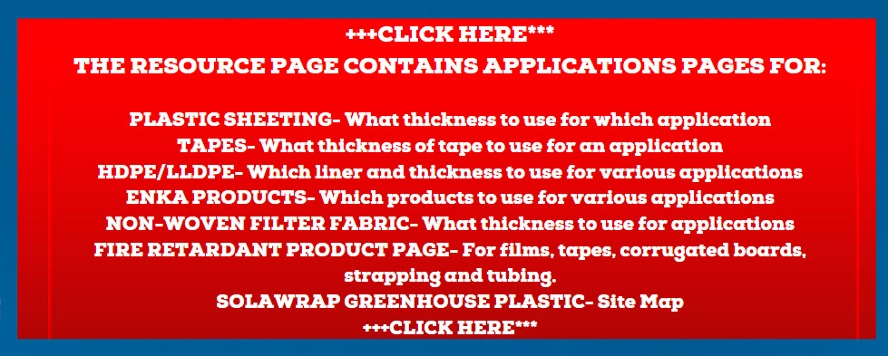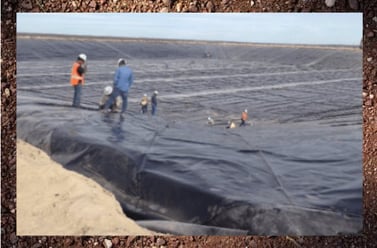Can Enkadrain be used in a French Drain?
Enkadrain is a type of drainage geocomposite that is commonly used in construction applications to provide drainage and erosion control. It can be used in a French drain system as one of the layers to help with drainage and water management.
To use Enkadrain in a French drain, you will need to follow these steps:
But Wait Just One Moment.....Unless you are 100% sure there are no ultilities buried where you plan to dig, dial 811. This service will enable all the local utilities in your area to come out and physically mark with paint any utilities on or near your property
- Excavate a trench to the desired depth and width for your French drain system.
- Install a layer of gravel or crushed stone at the bottom of the trench to serve as a base layer for the Enkadrain.
Ideally 1-1/2" rond rock works best for drainage. Avoid crushed orsmall pea gravel as it si smaller minimizing flow rates.
3. Place the Enkadrain into the trench, making sure that the dimpled side is facing upwards. The Enkadrain should be cut to fit the width and length of the trench as needed.4. Connect the Enkadrain to any other drainage pipes or fittings that you are using in the French drain system.
6. Fill the trench with soil and compact it to ensure that the French drain system is level and stable.
Enkadrain is designed to be highly durable and resistant to damage from soil and roots, making it an ideal choice for use in French drains. By using Enkadrain in your French drain system, you can help to ensure that water is efficiently and effectively managed, reducing the risk of erosion and water damage.











